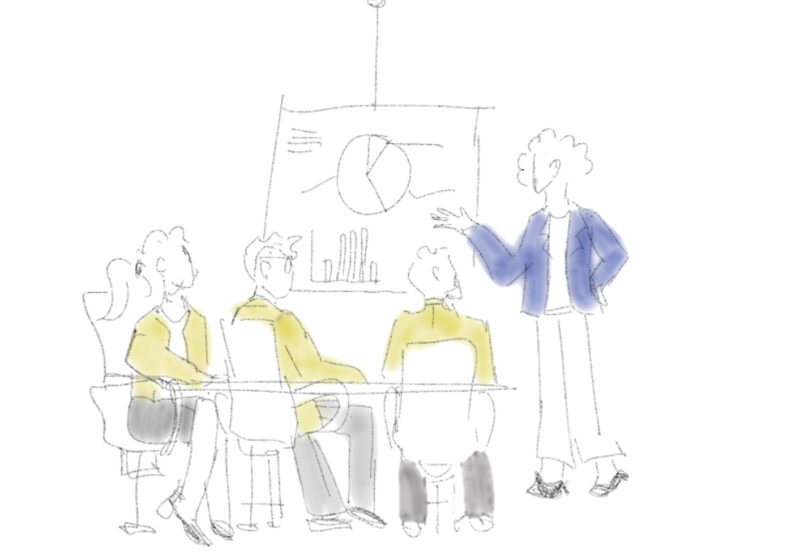If I were to mention the phrase “buy local,” it would likely bring to mind an image of a farmers’ market filled with fresh fruit and bread, a place where the stereotypical shopper is the cliche “granola cruncher.” You would assume that the purpose of these markets is to support tight-knit communities as you shop for foods from familiar faces or from those you personally relate to. In the past few years, the “local foods” movement has taken off, becoming far more mainstream than ever before. Extensive legislative and social emphasis has been placed on the “buy local” farm movement. Not nearly as much media attention, however, has been placed on “buying local” for other goods, particularly on supporting and appreciating local artists.
Thinking economically, it’s not surprising that local economies seem to value food over art: no one would argue against the fact that people inherently buy more sustenance than portraiture. Local and regional food sales in the U.S. reached over $6.1 billion in 2012 alone and have grown since then. The 2014 Farm Bill provides $30 million per year to local and regional food systems, and farmers markets have expanded and multiplied across the nation, according to a January 2015 USDA report. UR Dining Services has even turned this week into “Local Foods Week” in dining halls across campus. With so much support, “mom-and-pop” businesses and small farms are able to thrive in the face of industrial production.
Yet, though art is not as essential as nourishment, this doesn’t mean that local artists shouldn’t have recognition and publicity in a similar manner to farmers; it is necessary to feed creativity—as a form of mental stimulation—in addition to our stomachs.
This isn’t novel. Students and artists alike are emphasizing the importance of exhibiting local talent. For the past 46 years, Corn Hill has hosted its annual Corn Hill Arts Festival. In 2011, Dr. Ian Wilson of Strong Memorial Hospital started the WALL/THERAPY program, explained on the project website as “a community level intervention using mural art as a vehicle to address our collective need for inspiration,” bringing together many local and global artists in an effort to beautify Rochester and focus great attention on local works.
Even this weekend, for the seventh time, Urban Explorers hosted ArtAwake, a celebration of the arts that converts underused spaces in Rochester into a one-day gallery and performance space. This year’s event took place at the old Foodlink center at 936 Exchange Street. Inside the building—the side of which was entirely covered in colorful art; movable walls and pedestals presented photographs, paintings and sculptures of not only students, but of members of the Rochester community—extremely talented members, for that matter.
Without programs such as these, the average student may not have known about the diverse skills and unique artistic perspectives of our community.
In no way am I arguing that we place too much emphasis on the local foods movement. I spent my high school career running a stand for my small-town bakery, am a regular at the Rochester Public Market and have helped my neighbors harvest produce. But, as students, we tend to be entrapped in our “college bubble,” often most conscious of what happens within our campus or major news that gains attention. We need to get a taste and savor the events and talents of individuals that lie just outside the limits of Wilson Boulevard, Elmwood and Mt. Hope Avenue.
Douglas is a member of
the class of 2017.



